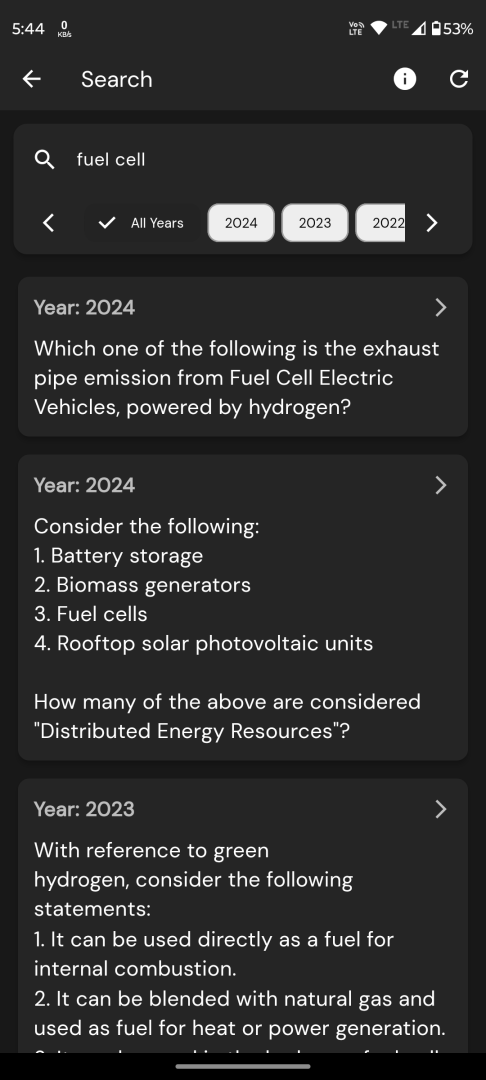Q. In India, agriculture still engages about half of workforce, and about 85 per cent of its farms mall and marginal.
Compared to China Vietnam, which have experienced fast structural and rural transformation, India’s story is of slow transformation. As a result, poverty reduction in India was at a much slower pace during 1988— 2014, compared to China and Vietnam. India’s poverty reduction was slow during 1988-2005, but during 2005-2012, it accelerated dramatically-almost three times faster than during the earlier period. What did India do during this period? Research reveals that the relative price scenario changed significantly (by more than 50%) in favour of agriculture in the wake of rising global prices. This boosted private investments in agriculture by more than 50%. As a result, agri-GDP growth touched 4/1% during 2007-2012 as against 2.4% during 2002-2007. The net surplus or agri-trade touched $25 billion in 2013-2014: real farm wages rose by 7% per annum. All this led to unprecedented fall in poverty.
Q1. With reference to the above passage, the following assumptions have been made:
1. Structural and rural transformation is impossible when farms are mainly small arid marginal.
2. A good price incentive can trigger investments in agriculture.
3. India needs to build value chains for high- value agri-products like livestock and horticulture.
4. Higher global prices of agricultural commodities are essential for India’s poverty reduction.
Which of the above assumptions are valid?
(a) 1 and 3
(b) 2 and 4
(c) 2 and 3
(d) 3 and 4
Correct Answer: (c) 2 and 3
Q2. Which one of the following statements best reflects the critical message of the passage?
(a) India should create large-scale off-farm rural employment to reduce poverty in the near future.
(b) India should create a large number of farmer producer companies
(c) Private investment in agriculture should be given priority over public investment.
(d) Inclusive agricultural growth is key to reduce poverty in the near future.
Correct Answer: (d) Inclusive agricultural growth is key to reduce poverty in the near future.
Question from UPSC Prelims 2020 CSAT Paper
Explanation :
Answer 1 – (c) 2 and 3 – The passage mentions that a change in relative prices led to increased private investments in agriculture, and also highlights the need for building value chains for high-value agricultural products like livestock and horticulture. The passage does not explicitly mention the assumptions of option 1 and 4.
Answer 2 – The critical message of the passage is:
(d) Inclusive agricultural growth is key to reduce poverty in the near future – The passage highlights how India’s poverty reduction accelerated due to private investments in agriculture and growth in agri-GDP, leading to a fall in poverty. It emphasizes the importance of inclusive agricultural growth for reducing poverty in India.





